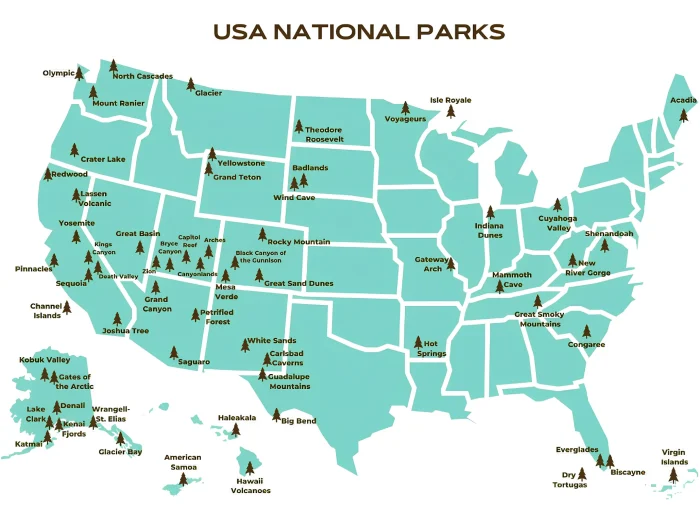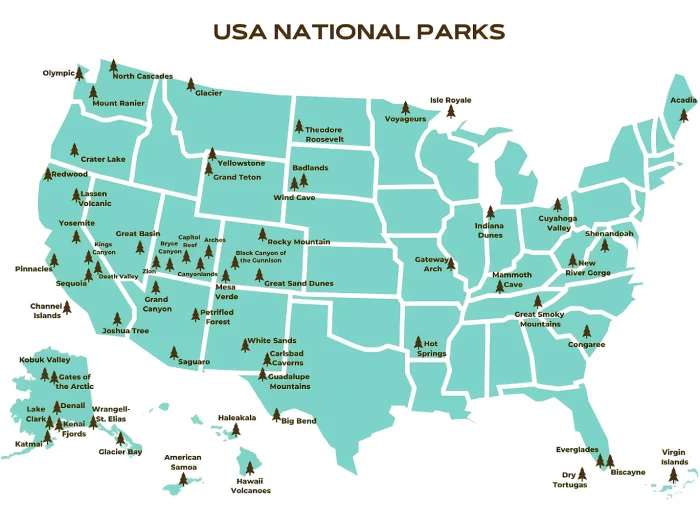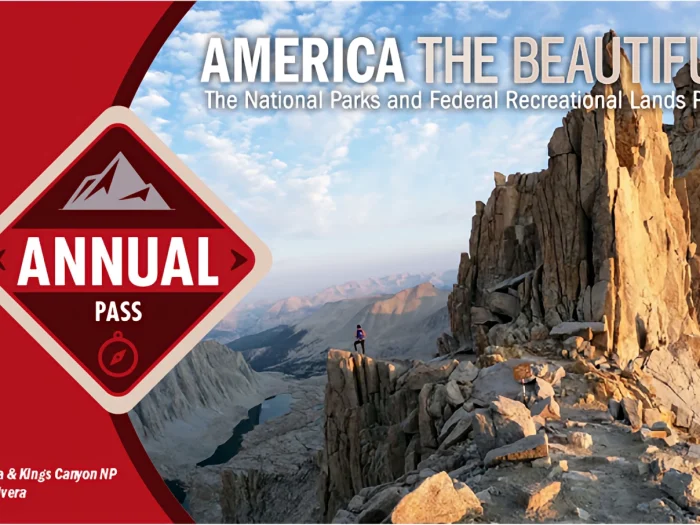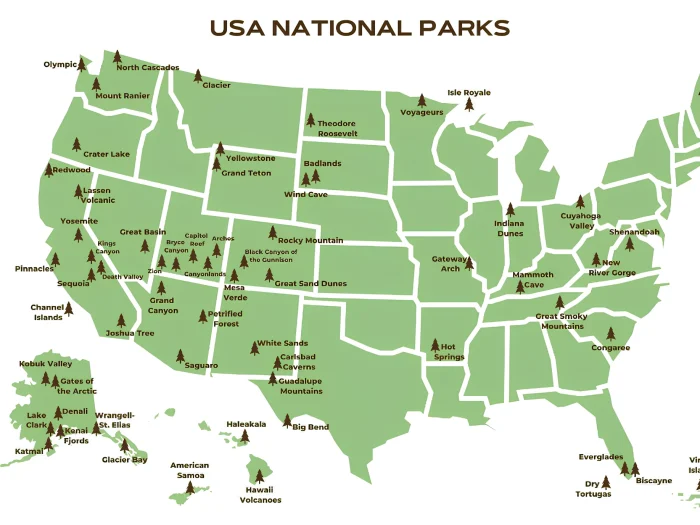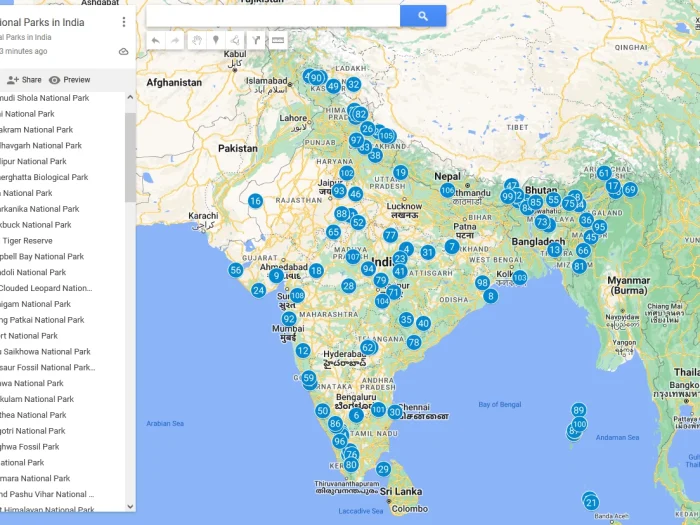Best Things to Do in Great Smoky Mountains National Park
The Great Smoky Mountains National Park is one of America’s most visited natural treasures, straddling the border of North Carolina and Tennessee. With its lush forests, stunning waterfalls, diverse wildlife, and endless hiking trails, it offers something for every traveler. Whether you’re seeking adventure, relaxation, or breathtaking views, this park has it all.
Below, you’ll find the best things to do in Great Smoky Mountains National Park, complete with practical tips and comparisons to help plan your trip.
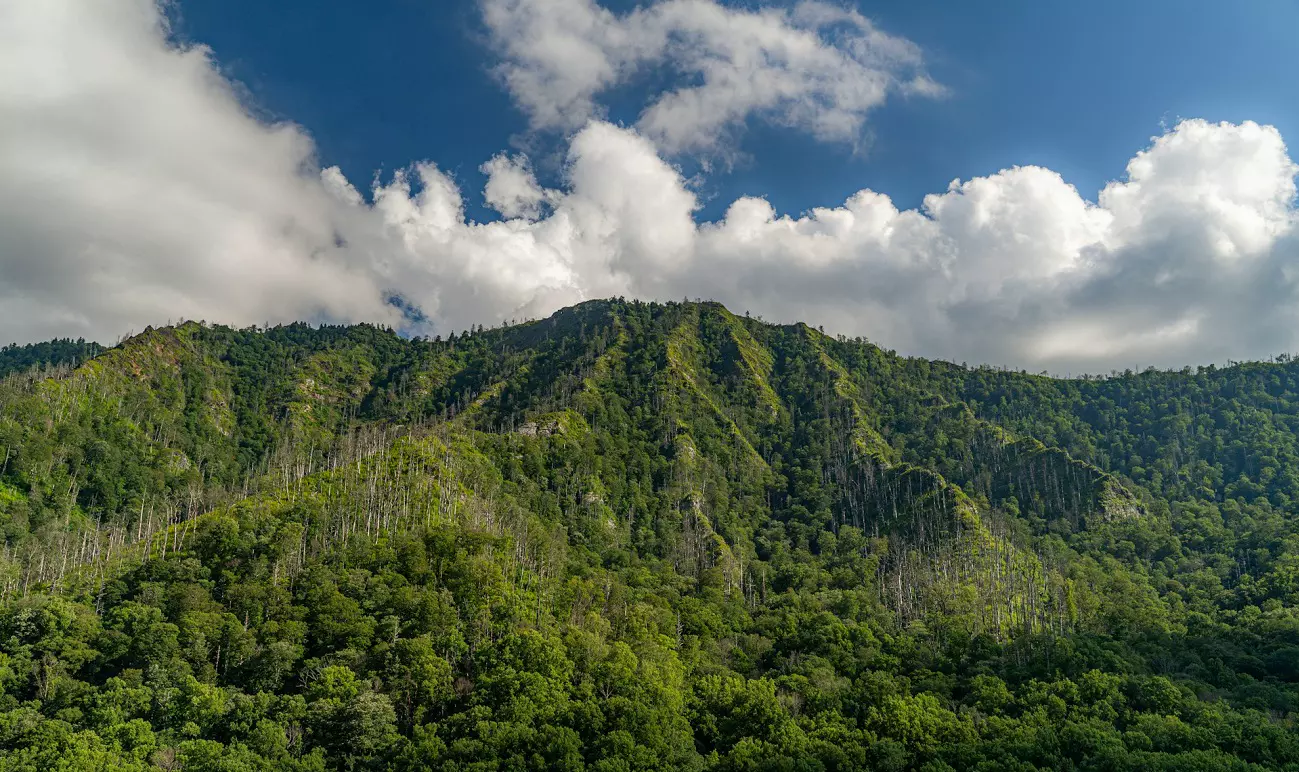
1. Explore Scenic Drives
Driving through the Smokies is one of the easiest ways to take in its beauty. Popular scenic drives include:
Newfound Gap Road – A 31-mile route connecting Cherokee, NC, to Gatlinburg, TN, with panoramic mountain vistas.
Note: US 441/Newfound Gap Road is closed on the TN side between Sugarlands and Newfound Gap due to a washout. The road is open on the NC side between Cherokee and Newfound Gap. The road is expected to reopen on or before 09-30-2025.
Cades Cove Loop Road – An 11-mile, one-way loop with historic cabins, churches, and wildlife viewing opportunities.
Roaring Fork Motor Nature Trail – A shorter, 5.5-mile loop showcasing waterfalls and old homesteads.
Tip: Go early in the morning to avoid traffic and increase your chances of spotting deer, bears, or turkeys.
2. Go Hiking on Iconic Trails
With more than 850 miles of trails, hiking is one of the best ways to experience the park.
- Alum Cave Trail to Mount LeConte – A challenging but rewarding 11-mile round trip to one of the highest peaks in the park.
- Clingmans Dome Trail – A short but steep half-mile hike to the park’s highest point (6,643 feet), offering sweeping 360° views.
- Laurel Falls Trail – A family-friendly 2.6-mile round trip leading to a picturesque waterfall.
| Trail Name | Difficulty | Distance (Round Trip) | Highlights | Best For |
|---|---|---|---|---|
| Alum Cave to Mt. LeConte | Hard | 11 miles | Mountain views, caves, cliffs | Experienced hikers |
| Clingmans Dome | Easy | 1 mile | Highest point, observation tower | Families, beginners |
| Laurel Falls | Easy | 2.6 miles | Waterfall, paved path | Families, kids |
3. Discover Waterfalls
The Smokies are home to some of the most stunning waterfalls in the U.S.
- Abrams Falls – A 20-foot-high waterfall with powerful flow, accessible via a moderate 5-mile hike.
- Rainbow Falls – Known for rainbows that form in the mist on sunny afternoons.
- Grotto Falls – The only waterfall in the park you can walk behind, reached via a 2.6-mile hike.
Tip: Spring and early summer are the best seasons for waterfall hikes, as water levels are at their peak.
4. Visit Historic Sites
The park is rich in Appalachian history, with preserved log cabins, mills, and churches.
- Cades Cove Historic District – Features 19th-century log homes, barns, and the John Oliver Cabin.
- Mingus Mill – A working gristmill from 1886.
- Mountain Farm Museum – Located near Oconaluftee Visitor Center, showcasing historic farm buildings.
5. Wildlife Watching
The Smokies are home to over 65 mammal species and more than 200 bird species. Popular animals include:
- Black bears (an estimated 1,900 live in the park)
- White-tailed deer
- Wild turkeys and elk
Tip: The best times for wildlife viewing are dawn and dusk, especially in Cades Cove and Cataloochee Valley.
6. Camping and Stargazing
Camping in the Smokies offers a chance to immerse yourself in nature. Popular campgrounds include:
- Elkmont Campground – The largest and most popular.
- Cades Cove Campground – Offers easy access to scenic drives and wildlife.
- Cataloochee Campground – More remote, ideal for spotting elk.
Bonus: On clear nights, the high elevation areas like Newfound Gap are perfect for stargazing.
7. Seasonal Activities
- Spring: Wildflower blooms and waterfalls at their best.
- Summer: Hiking and camping in cooler mountain air.
- Fall: Famous for vibrant foliage, particularly along Newfound Gap Road.
- Winter: Snowcapped mountains and fewer crowds; Clingmans Dome offers a magical snowy landscape.
Final Tips for Visiting the Smokies
- Arrive early: Parking lots at popular trailheads fill quickly.
- Pack layers: Weather can change rapidly at higher elevations.
- Bring binoculars: Great for spotting wildlife and enjoying distant views.
- Download offline maps: Cell service is limited in many areas.
The Great Smoky Mountains National Park offers unforgettable experiences for all types of travelers, from hikers and photographers to families and history lovers. Whether you drive the scenic loops, hike to waterfalls, or camp under the stars, you’ll leave with lasting memories.


